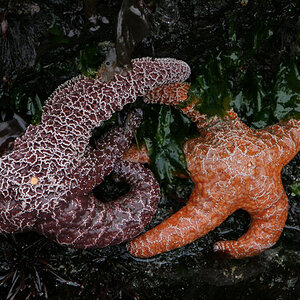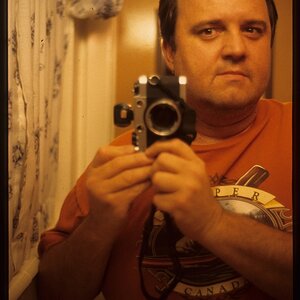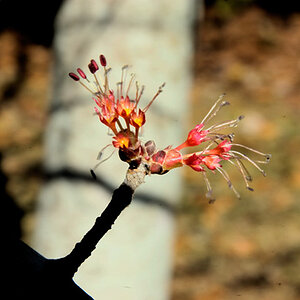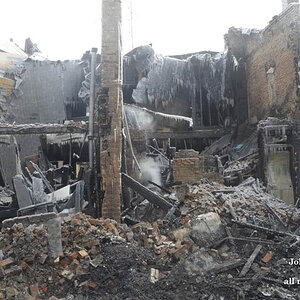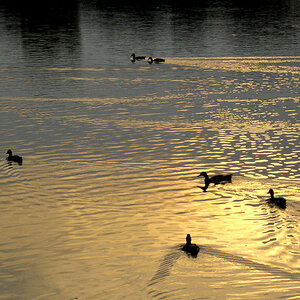Aviation&Hockey
TPF Noob!
- Joined
- Feb 15, 2007
- Messages
- 37
- Reaction score
- 0
- Location
- Greenville, NC
- Can others edit my Photos
- Photos OK to edit
My new camera has a pretty good zoom on it (as far as i'm concerned) and I ahve been trying out some pics of the night sky....the only one i have on my computer right now is this one...

of the moon and venus. I have some closer shots of both, but they are still on my camera. I will put them up asap.
I am curious as to what kind of settings to work with to get the best shots. Any tips?

of the moon and venus. I have some closer shots of both, but they are still on my camera. I will put them up asap.
I am curious as to what kind of settings to work with to get the best shots. Any tips?








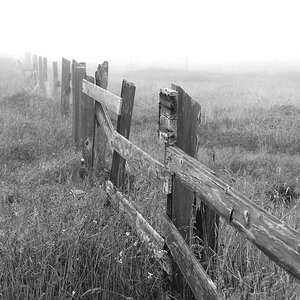
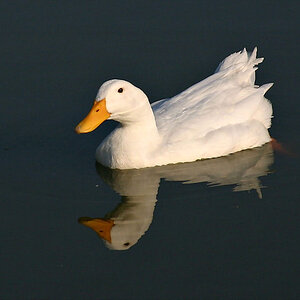
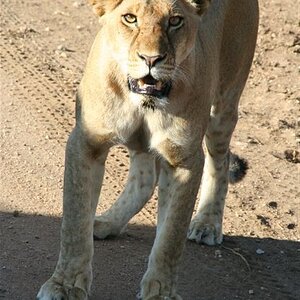
![[No title]](/data/xfmg/thumbnail/41/41894-692c98920dde335de241400937ed6166.jpg?1619739934)

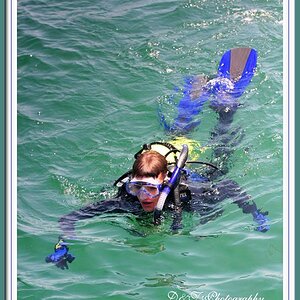
![[No title]](/data/xfmg/thumbnail/31/31045-f4eb92f5d5eaca89ec5966763eea2dae.jpg?1619734585)
